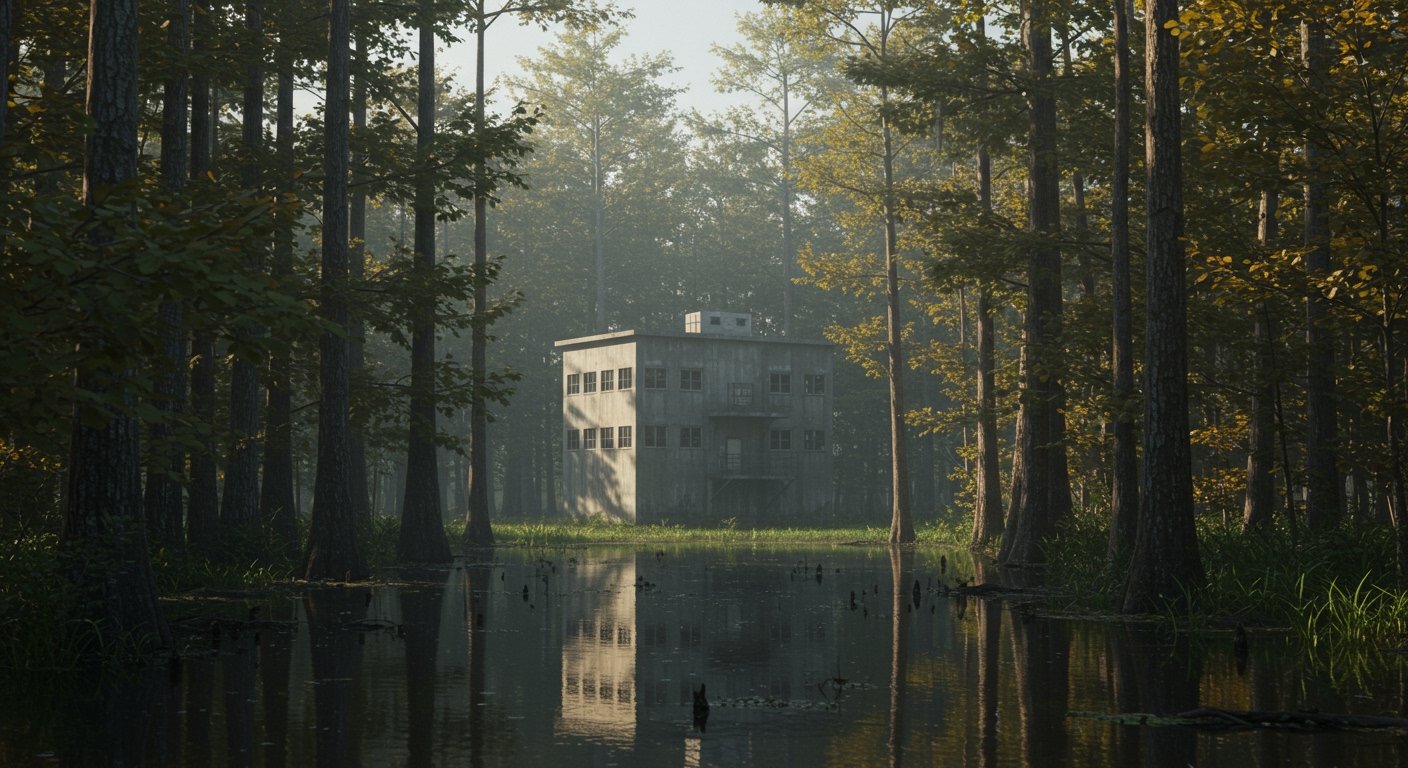President Donald Trump is scheduled to visit a newly constructed and already controversial immigration detention facility located deep within Florida’s Everglades region on Tuesday, June 30, 2025. The facility, situated in Ochopee, Florida, and known informally by critics as “Alligator Alcatraz,” is slated to open its doors and become operational for housing detained immigrants on the very day of the President’s planned visit.
The visit was formally announced by Florida Governor Ron DeSantis during a news conference held on Monday, June 30. Governor DeSantis indicated that the primary purpose of the President’s trip is to draw national attention to Florida’s initiatives and actions regarding immigration policy and enforcement.
Facility Background and Nickname
Construction on the new detention center reportedly commenced just last week, making its swift completion and operational readiness a notable point. The facility’s remote location in the unique and challenging environment of the Everglades, coupled with its function as a detention center, has quickly earned it the evocative and critical moniker, “Alligator Alcatraz.” This nickname alludes to the area’s natural dangers – the presence of alligators – and the historical infamy of Alcatraz Island Prison, suggesting an isolated and difficult-to-escape locale.
The rapid construction and immediate operational status align with ongoing national and state-level efforts to address immigration, particularly at the U.S. southern border. The facility’s opening is intended to increase capacity for the detention of individuals apprehended by immigration authorities.
Political Framing by Governor DeSantis
Governor DeSantis’s announcement emphasized the state’s proactive role in the immigration debate. By hosting the President at a facility highlighting detention capabilities, Florida aims to showcase its commitment to stricter immigration controls and enforcement. The Governor’s statement positioned the visit as an opportunity to underscore the effectiveness and necessity of such measures.
The timing of the announcement, just a day before the visit and concurrently with the facility’s planned opening, suggests a deliberate strategy to maximize the political impact and media coverage surrounding the event. The focus on Florida’s specific contributions to immigration enforcement provides a platform for the state government to highlight its policies and potentially differentiate itself on this significant national issue.
Logistics and Prior Notification
The President’s anticipated travel to the remote Everglades site had been signaled prior to Governor DeSantis’s official announcement. A VIP movement notification was issued by the Federal Aviation Administration (FAA) on Sunday, June 29, specifically mentioning Tuesday, June 30, as the date for VIP air traffic activity in the vicinity of Ochopee, Florida. Such notifications are standard procedure ahead of presidential travel, providing advance warning to pilots and air traffic control regarding temporary flight restrictions or increased security.
A source familiar with the planning for the visit has indicated that the President is expected to be present at the detention center site during the morning hours on Tuesday, June 30. The specific duration and activities planned for the visit were not detailed in the public announcement, but presidential visits to operational facilities often involve tours, briefings, and public remarks.
Significance of the Visit
The President’s visit to the “Alligator Alcatraz” facility on its opening day carries significant political weight. It serves to underscore the administration’s continued focus on immigration enforcement and detention as key components of its policy platform. By visiting a new, large-scale detention center, especially one so recently constructed, the President can visually emphasize efforts to expand capacity and control over immigration.
Furthermore, conducting the visit in Florida, a state led by Governor DeSantis, amplifies the message of state-federal cooperation on immigration issues and allows both political figures to align themselves publicly on this topic. The controversial nickname of the facility is likely to attract additional media attention, though it also presents a potential point of criticism for opponents of the administration’s immigration policies.
The event is expected to draw considerable attention from national and international media, as well as from various advocacy groups, both in support of and in opposition to the policies represented by the facility. The opening of the center and the President’s immediate visit highlight the ongoing intensity of the debate surrounding immigration detention and enforcement in the United States.





